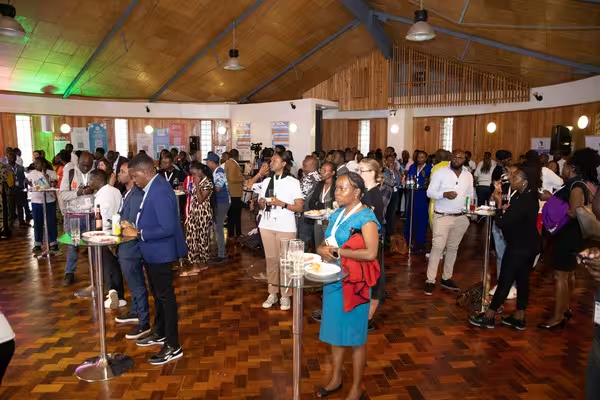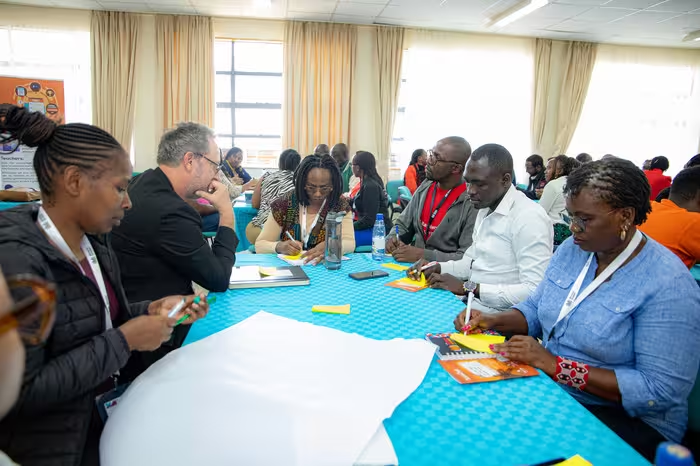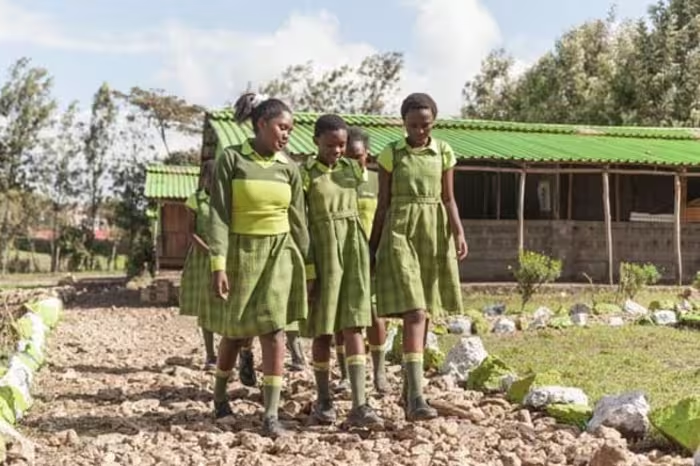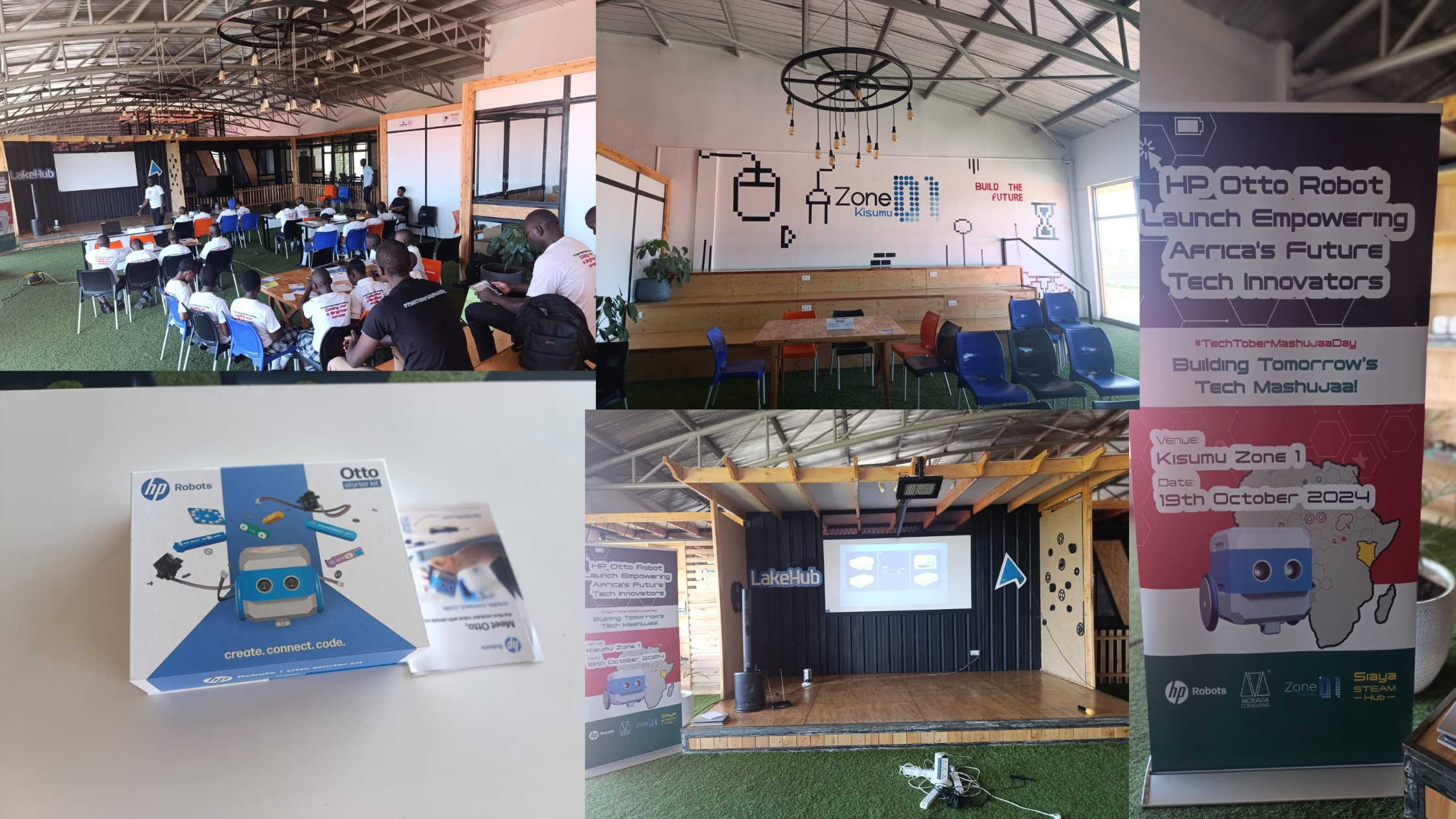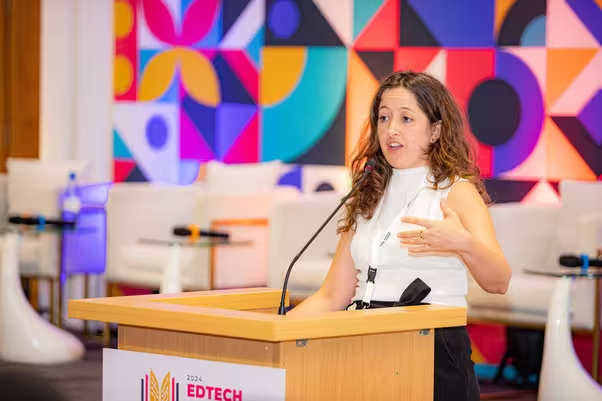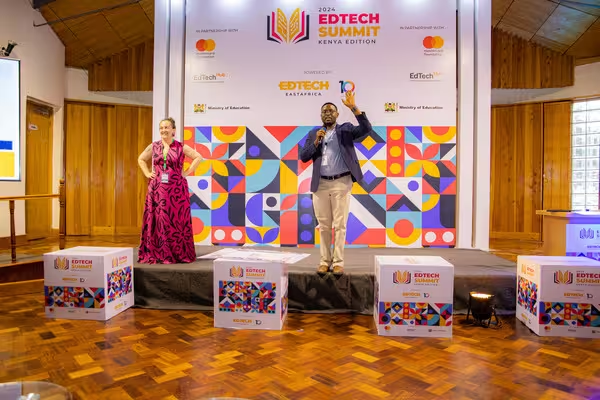
In the world of education technology, collaboration is a necessity. With 250 million children worldwide out of school, the urgency for effective solutions cannot be overstated. When children lack access to quality education during critical developmental stages, they risk falling behind for life.
Cooperation among government agencies, development partners, tech infrastructure providers, innovators, and civil society has led to evidence-based policymaking and more effective methods for testing and scaling innovations. The evolving landscape necessitates the establishment of vibrant EdTech communities, such as the EdTech East Africa ecosystem. This community is important for the development of deliberate information sharing among stakeholders. Technological advancements, social issues impacting learning, evolving government policies, and emerging research findings underscore the need for all participants to be engaged and informed.
The EdTech ecosystem facilitates the exchange of research and field insights, improving alignment between innovation and the implementation of educational interventions. Stakeholders are more inclined to adopt new technologies when they can leverage proven models. For example, during the recent Kenya EdTech Summit, Mr. Barnabas Sang, ICT Director at the State Department for Basic Education, highlighted that the Ministry of Education is a primary source of learner and parent biodata through the National Education Management Information System (NEMIS). This data can be utilized by various players to design targeted programs within the EdTech sector.
Education technology extends beyond introducing the latest gadgets. It must be relevant to learners’ environments. In communities with nomadic lifestyles or in refugee settings, discussions around fixed infrastructure may not resonate. The challenges of building and maintaining infrastructure in remote areas often necessitate low-tech, portable, and homemade solutions. Interactions within the EdTech community can save time and resources while significantly improving educational outcomes.
For instance, lessons learned from the Kakuma refugee camp can inform strategies to enhance learning during emergencies. In Kajiado County, organizations like the Pastoralists Integrated Concerns Organization (PICO) offer flexible learning schedules for students who might otherwise miss out on education. These learners are later integrated into formal education once they can navigate longer distances to classrooms independently.
While governments bear the responsibility for providing infrastructure, partnerships with other stakeholders can enhance these initiatives. In Kilifi County, for example, IREX—a global NGO—is equipping girls in marginalized areas with essential skills in math, computer literacy, and design thinking.
Universal education requires that all voices within the ecosystem are heard. As technological and demographic changes occur, data informing current policies may quickly become outdated. In such scenarios, quick interventions supported by a collaborative framework are essential. For instance, relief organizations can swiftly implement emergency learning solutions during crises like drought or famine displacing communities.
Specialization within the EdTech sector creates fertile ground for innovation when diverse communities exchange ideas. Localized iterations under the direction of those with resources and expertise will be necessary to address the digital divide as technology develops. Deep engagement with these challenges is essential for developing competency in this area.
However, some entrepreneurs create technically impressive tools that are disconnected from local contexts, novelties rather than necessities. Inadequate infrastructure frequently makes this disconnect worse. Improving communication between innovators and the communities they aim to serve is crucial for addressing this problem.
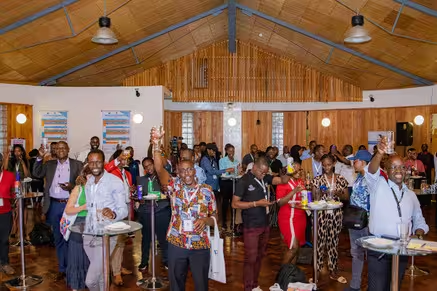
Key players are responsible for weaving these disparate threads into a cohesive narrative. True collaboration involves breaking down silos to allow ideas to flow freely while tailoring technology and content to meet each community’s specific needs. The future of education, especially in developing regions, depends not on isolated innovations but on collective efforts.
In regions where resources are limited and social challenges complicate program implementation, effective solutions often emerge from unexpected places. For instance, in Machakos County, Kenya Connect’s initiative involving parents in their children’s education has been instrumental in fostering reading habits among learners. This grassroots approach is sensitive to cultural nuances and can be replicated elsewhere, but only if there is a willingness to share ideas and lessons across sectors and regions.
A clearer understanding of on-the-ground realities will guide all actors toward the shared goal of ensuring that no child is left behind.
